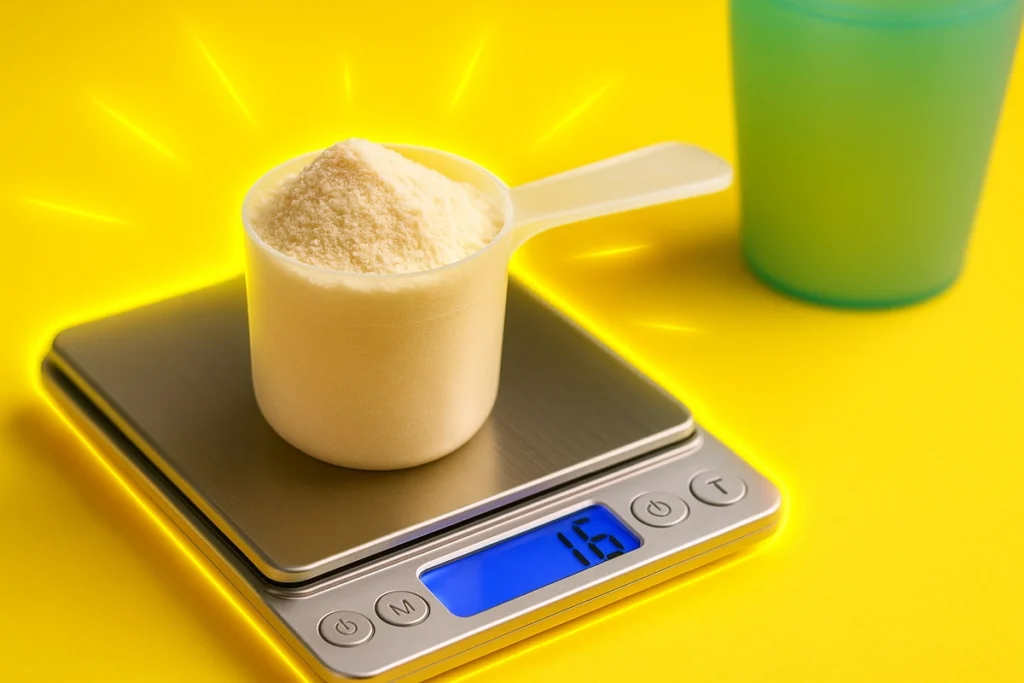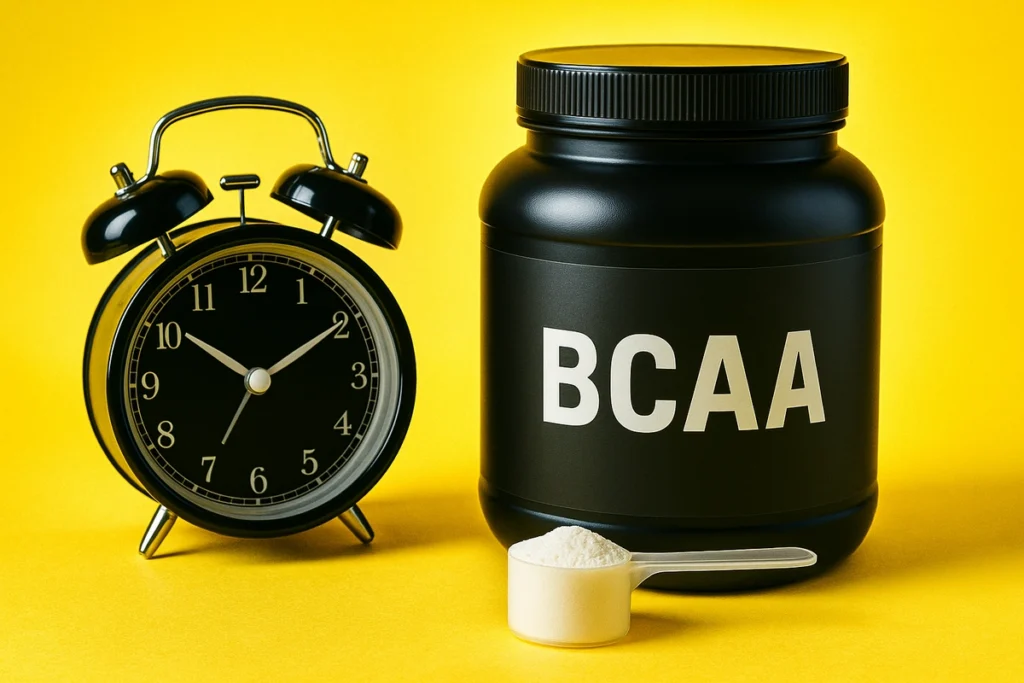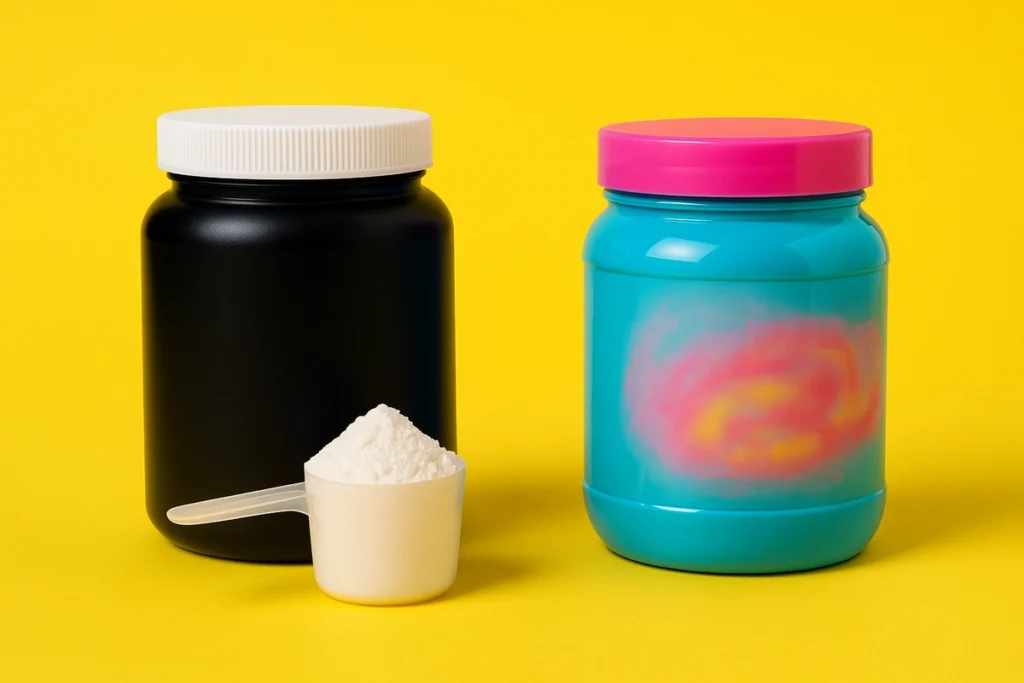If you’re an athlete pushing your limits every day, you’ve probably heard about BCAAs. But how much do you actually need to take for real results?
As a fitness trainer with over a decade of experience, I’ve personally experimented with BCAAs during different training phases — and trust me, getting the right amount makes a noticeable difference.
Let’s dive in so you can skip the guesswork and start feeling the benefits.
Table of contents
Quick Answer

Most athletes need between 10 to 20 grams of BCAAs daily.
Here’s a simple breakdown:
- Light to Moderate Training: 5–10 grams
- Heavy or Intense Training: 10–20 grams
Personally, I usually aim for 12–15 grams per day.
When I’m cutting and my recovery demands are higher, I bump it up closer to 18 grams.
Getting this right has helped me stay sharp, energized, and avoid that heavy soreness that slows progress.
If you’re curious how BCAAs fit during fasting, check out this guide on using BCAAs during intermittent fasting.
Why Athletes Use BCAAs

BCAAs — Leucine, Isoleucine, and Valine — are essential amino acids that your body can’t produce on its own.
They play a critical role in:
- Muscle recovery after tough sessions
- Reducing muscle soreness (that brutal day-after leg day pain)
- Boosting endurance and training intensity
- Protecting muscle mass during calorie deficits
In my own training, BCAAs have been game-changers during both heavy bulking phases and intense cutting periods.
Real Story
One of my clients, Daniel from the UK (28 years old), was prepping for his first bodybuilding show.
Despite hitting his macros, he struggled with recovery.
After adding 15 grams of BCAAs daily around his workouts, he noticed less soreness, faster recovery, and stronger training sessions within just 10 days.
If you’re struggling with post-workout soreness, you’ll want to read how BCAAs help with muscle soreness.
How to Calculate Your BCAA Needs

A simple method I recommend is based on body weight:
- 0.2–0.4 grams per kilogram of body weight
For example:
- A 70 kg athlete would need 14–28 grams daily.
Tip from experience
If you’re dieting hard or doing two-a-days, lean toward the higher side.
During my cutting phases, I personally felt much better sticking closer to 18 grams per day.
If you’re wondering how BCAAs stack up against EAAs, check out this detailed comparison.
Best Times to Take BCAAs

When you take your BCAAs matters almost as much as how much you take.
Here’s what works best based on my experience:
- Pre-workout (5–7 grams): Helps with energy and reduces muscle breakdown.
- During workout (5–7 grams): Keeps endurance high and reduces fatigue.
In my early days, I tried taking BCAAs only after my workouts.
Honestly, timing them before and during training made a massive difference in how I performed and recovered.
For an even deeper look at timing strategies, see the best time to take BCAAs.
Client Example
Maria from Spain (34 years old), a CrossFit athlete I coach, started sipping BCAAs during her intense WODs.
She reported that she could maintain intensity longer, felt less gassed out, and bounced back faster for the next day’s session.
Common Mistakes to Avoid

I’ve made some mistakes early on with BCAAs — and I’ve seen clients do the same.
Here’s what you should watch for:
- Taking too little: Under 5 grams a day won’t move the needle much.
- Overloading: More than 30 grams daily isn’t necessary and just wastes money.
- Buying cheap, sugary products: I once bought a colorful BCAA drink filled with sugar — felt no real benefits, just bloated!
Pro Tip
Stick to clean products with a 2:1:1 ratio of Leucine to Isoleucine and Valine. Quality and timing matter just as much as quantity.
If you’re considering combining other supplements, read BCAAs vs. Glutamine for muscle recovery.
Quick Tips for Choosing a BCAA Supplement

Here’s my go-to checklist when picking a BCAA:
- 2:1:1 ratio — the golden standard
- Zero or very low sugar — avoid hidden calories
- Third-party tested — purity matters
- Minimal ingredients — keep it simple
Some brands I trust based on my own use include Xtend, Optimum Nutrition, and Nutrabio.
No matter what brand you pick, always check the label carefully!
Also, many athletes ask: should you use BCAAs even on rest days? Find the answer here.
Conclusion

If you’re serious about your performance, recovery, and muscle maintenance, dialing in your BCAA intake is a smart move.
Aim for 10–20 grams per day, time it around your workouts, and choose a high-quality product.
Small habits like this stack up over time to create big results.
I’ve seen it in myself, in my clients, and if you stay consistent, you’ll feel it too.
Train smart, recover better, and keep moving forward — you’ve got this!



Leave a Reply